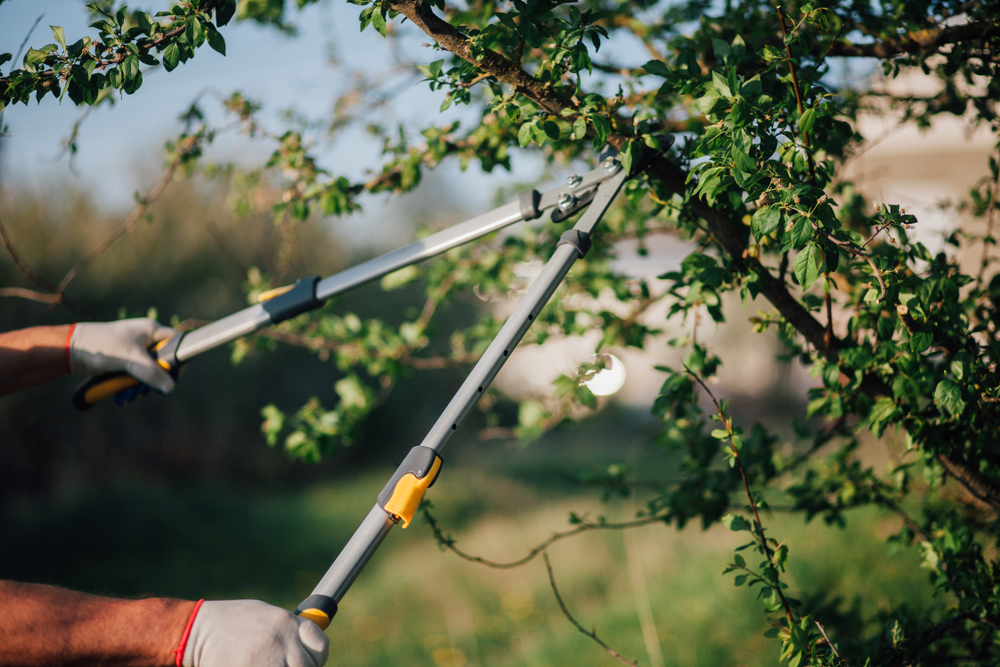


Trees are some of the most valuable assets in your landscape—but to keep them healthy and thriving, they need year-round attention. Seasonal tree care is essential for supporting strong growth, preventing disease, and protecting your property. Each season presents unique challenges and opportunities for tree maintenance. With the right care strategy, you can ensure your trees remain strong, beautiful, and safe throughout the year.
Spring is a crucial time to assess your trees after the stress of winter. As temperatures warm up and new growth begins, early intervention can correct damage and support healthy development.
Key Tasks:
Pro Tip: Keep mulch a few inches away from the trunk to prevent rot or pest infestations.
Summer growth is in full swing—but so are drought stress and pest activity. This season is all about proactive care and monitoring.
Key Tasks:
Pro Tip: Early morning is the best time to water, minimizing evaporation and fungal risks.
Autumn is ideal for reinforcing tree health before winter arrives. Trees begin slowing down, making this the best season for major pruning and root care.
Key Tasks:
Pro Tip: Fall is a great time to plant new trees or transplant young ones.
Winter may seem like a quiet season, but it's the ideal time for preventive care and planning next year’s landscape goals.
Key Tasks:
Pro Tip: Now’s the time to plan tree installation or removal—get on a pro’s schedule before spring.
Neglecting tree maintenance can lead to disease, pest infestations, or even hazardous conditions. On the other hand, a consistent care routine:
Proactive care not only saves you money in the long run—it ensures your landscape looks its best in every season.

Here are the most common questions client’s usually have for us. Still have more questions? Contact Us.
Yes, we offer emergency tree removal services for situations such as storm damage, fallen trees, or hazardous trees posing an immediate risk. Contact us at [phone number] as soon as possible in case of emergencies, and our team will prioritize your situation.
We can assist you with the process of obtaining permits for tree removal, if required. The need for permits varies based on local regulations and tree preservation ordinances. Our team will guide you through the necessary steps and provide any documentation or information needed for the permit application.
While trees are generally low-maintenance, certain signs indicate the need for professional intervention. Watch out for symptoms such as extensive dead or dying branches, sudden leaf loss, significant pest infestation, leaning or unstable tree structure, or visible signs of disease or decay. If you notice any of these issues, it's best to consult with our skilled arborists.
Several signs indicate that a tree may need to be removed, including significant structural damage, extensive disease or pest infestation, severe leaning, extensive root damage, or proximity to power lines or structures. Our professional arborists can assess the tree's health and safety to determine if removal is necessary.
The frequency of tree trimming or pruning depends on various factors such as tree species, age, and overall health. As a general guideline, it is recommended to have trees pruned every 3-5 years to maintain their shape, promote healthy growth, and remove any hazardous or dead branches.
The ideal time to plant new trees depends on the tree species and climate. In general, spring and fall are the preferred seasons for tree planting as the weather conditions are more favorable for root establishment. However, it's best to consult with our experts who can provide guidance based on your specific location and tree species.

Can’t find the answer you’re looking for? Please chat with our friendly team.



